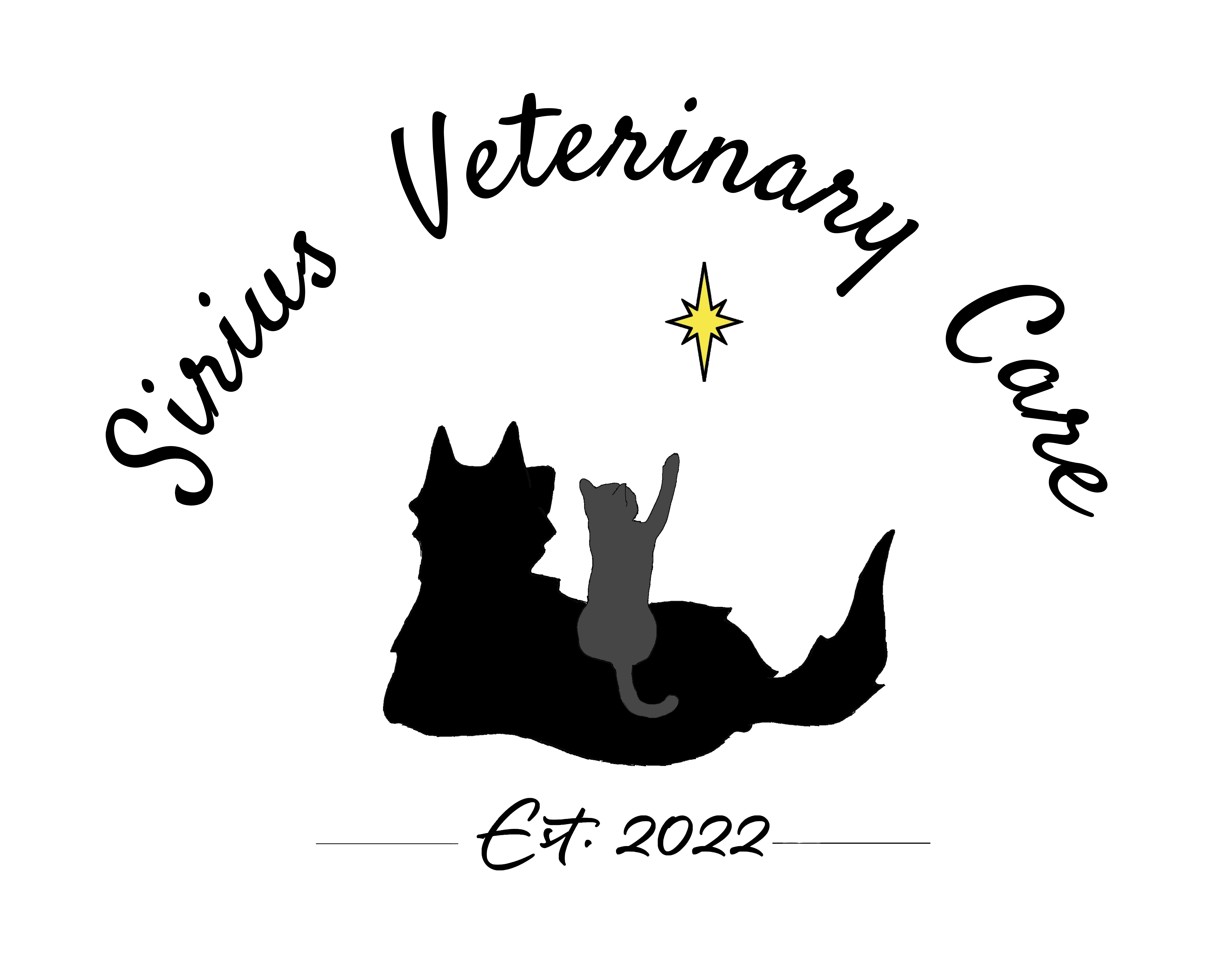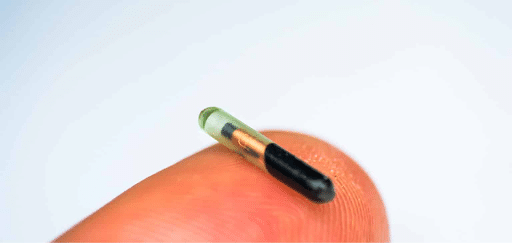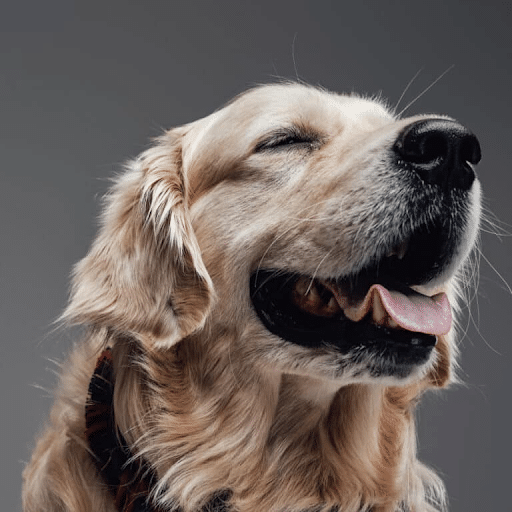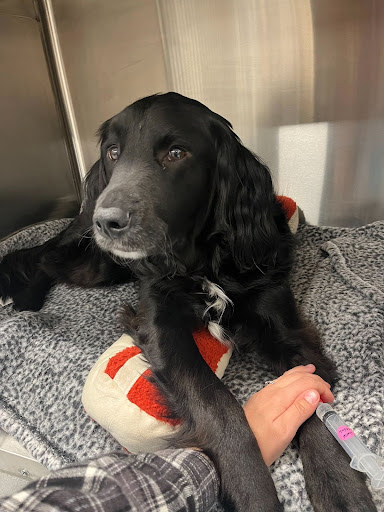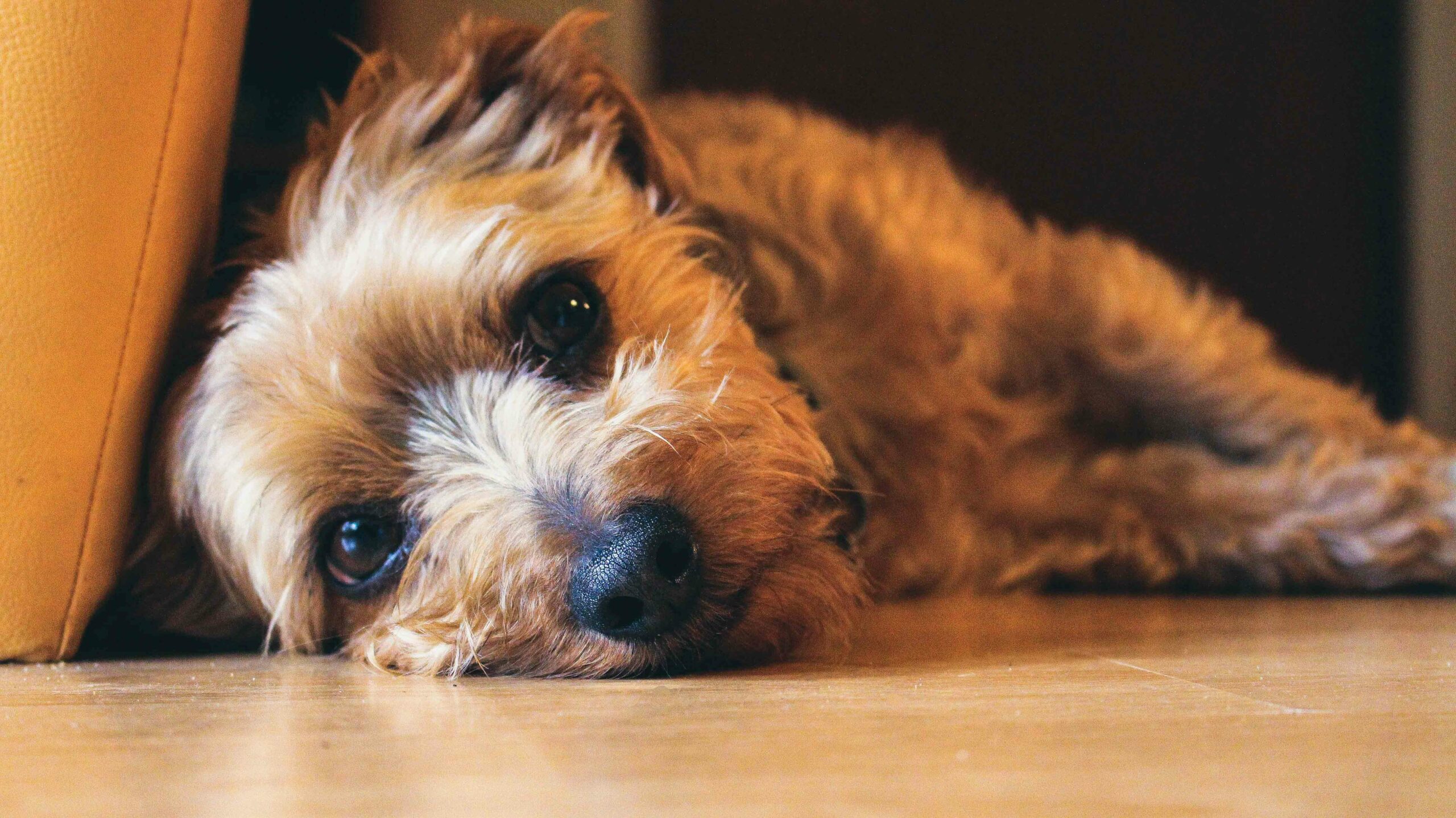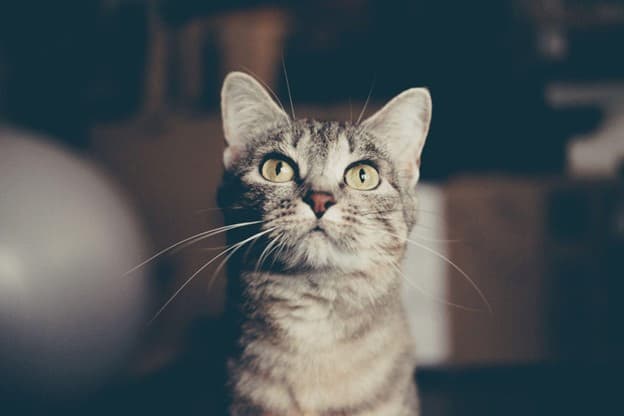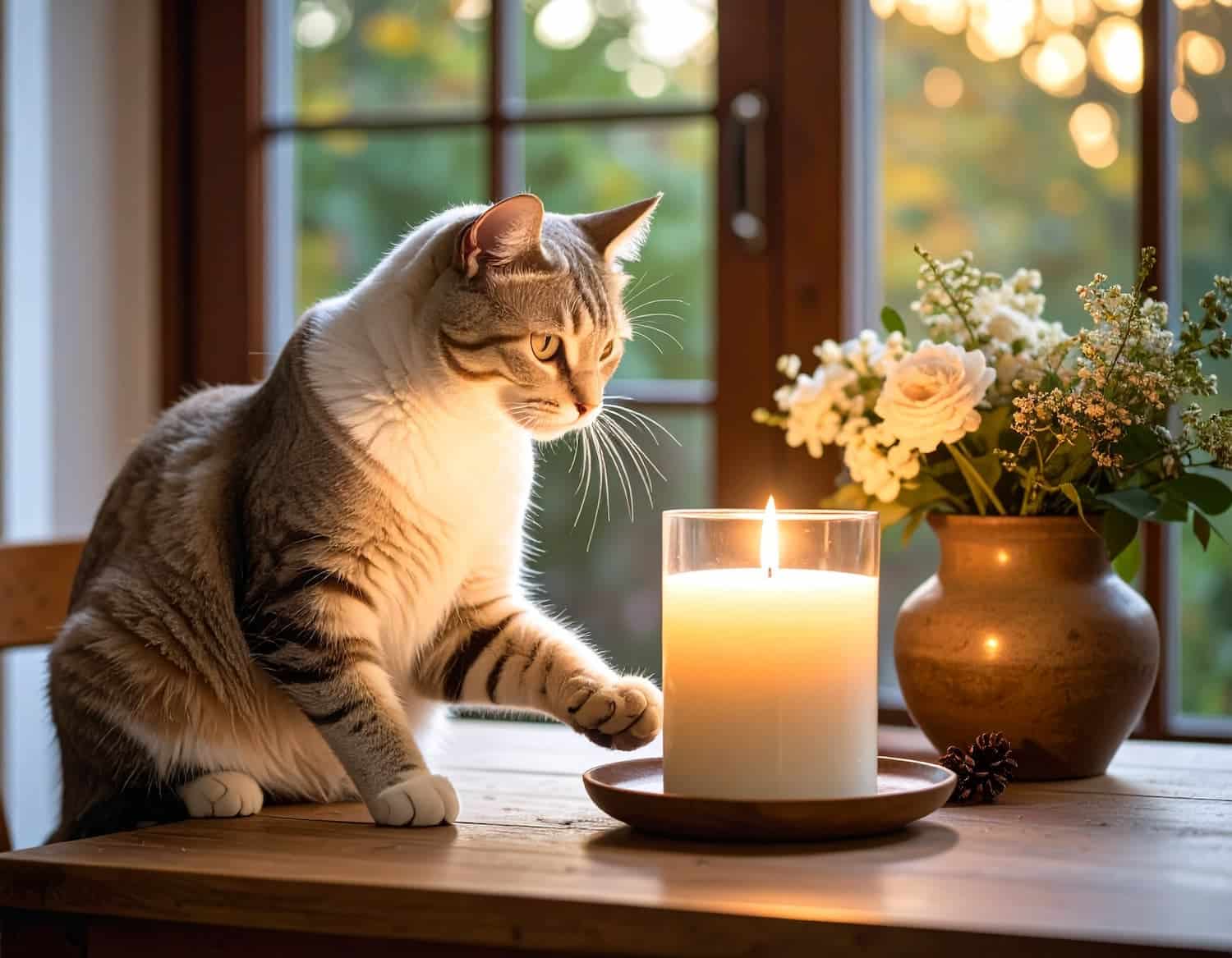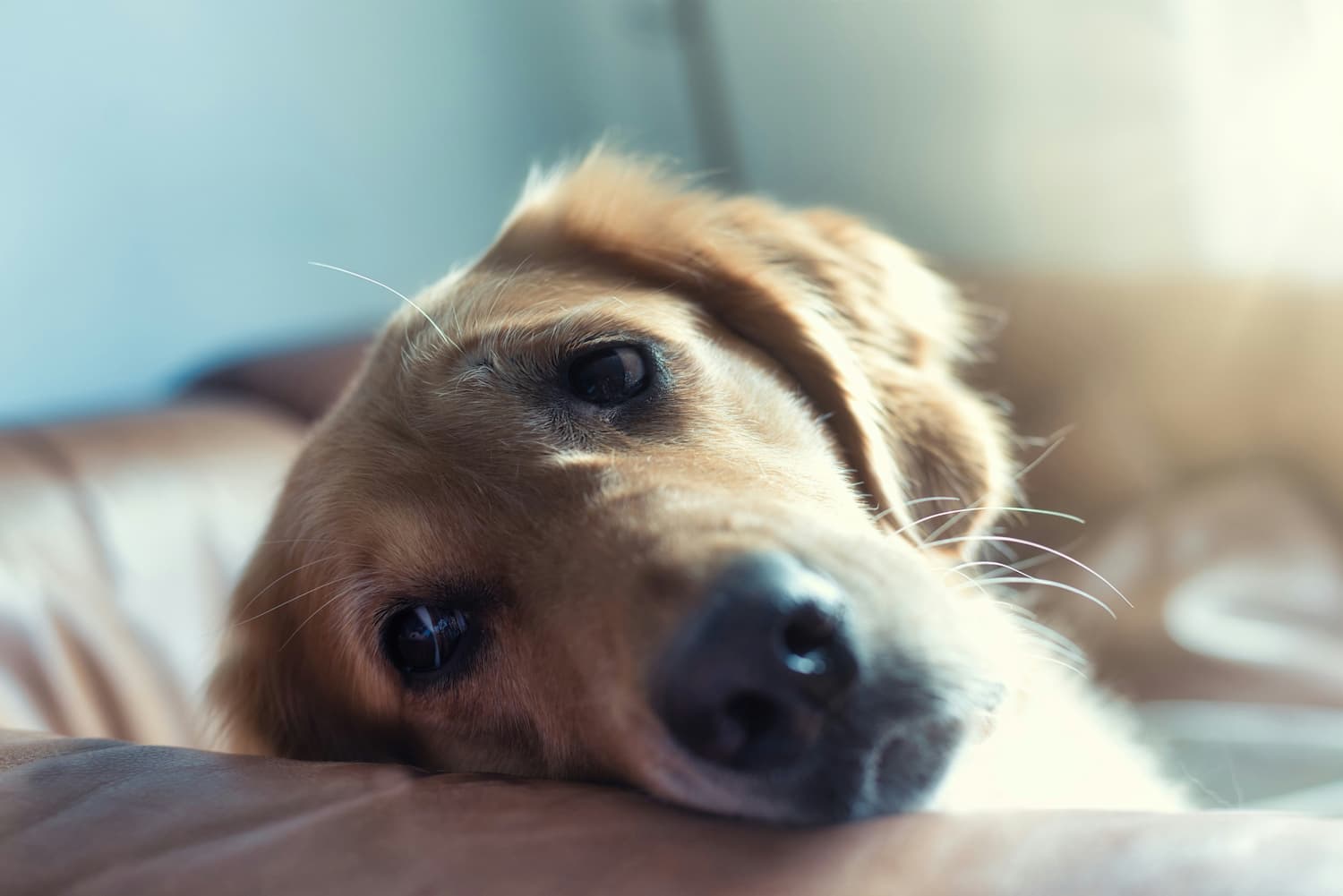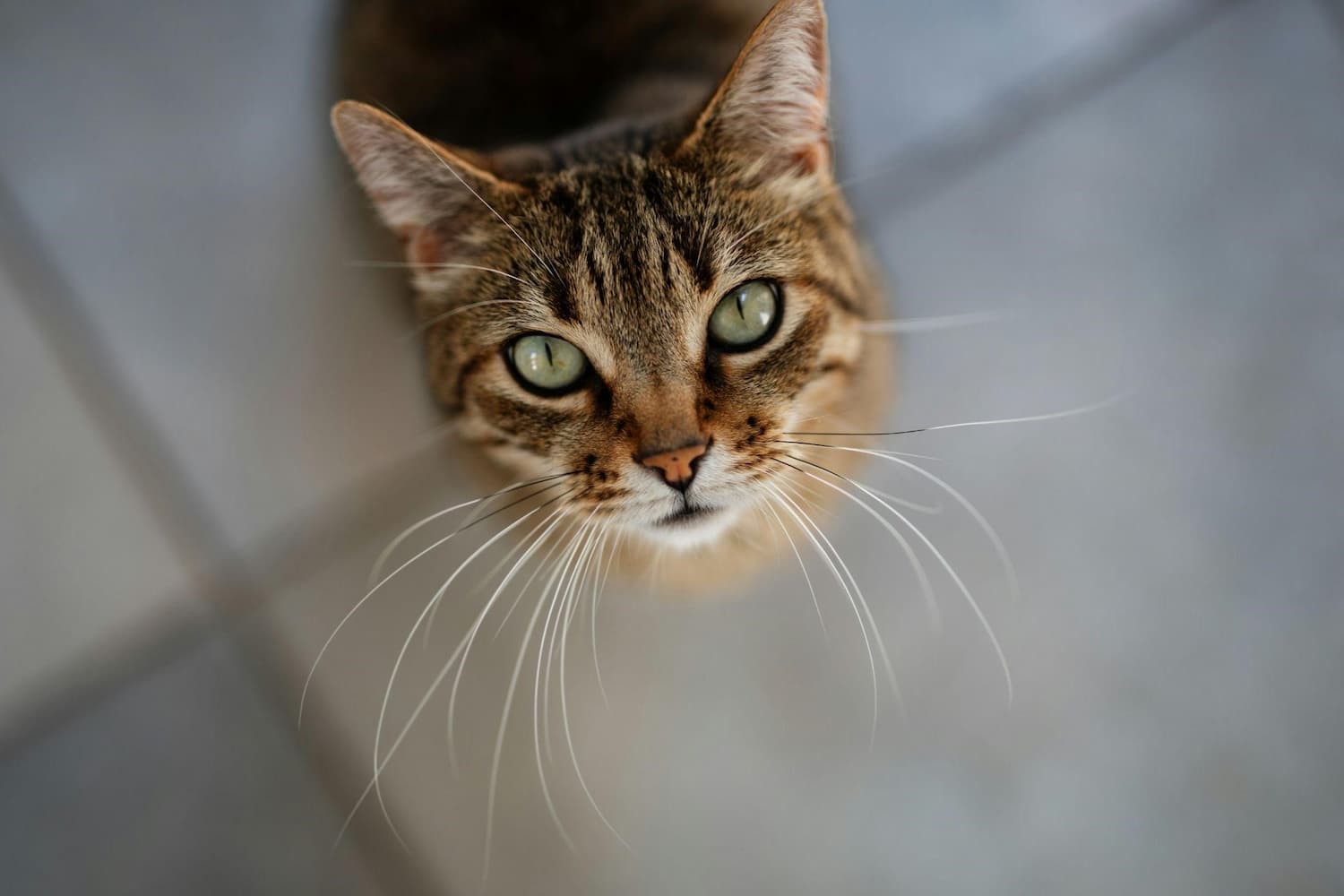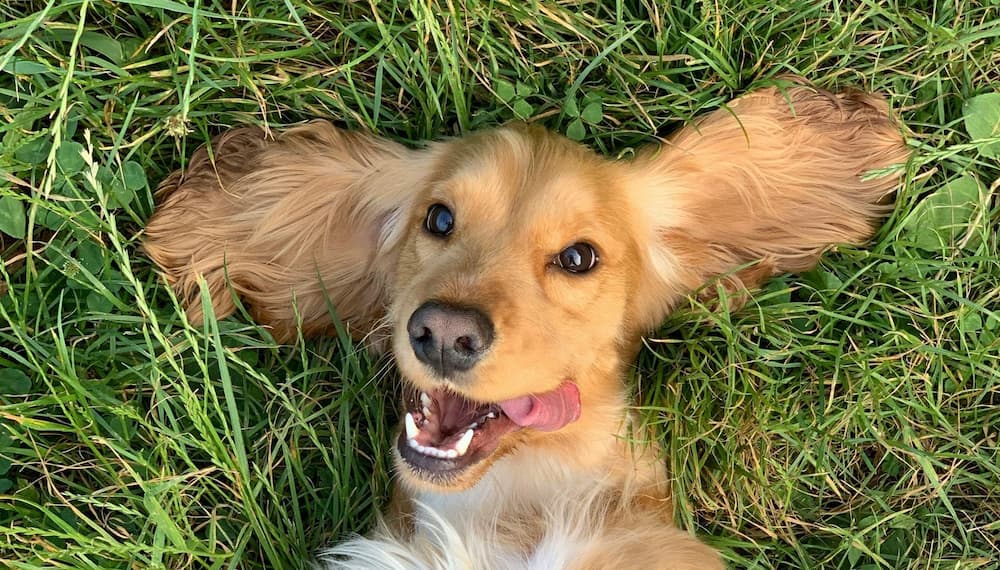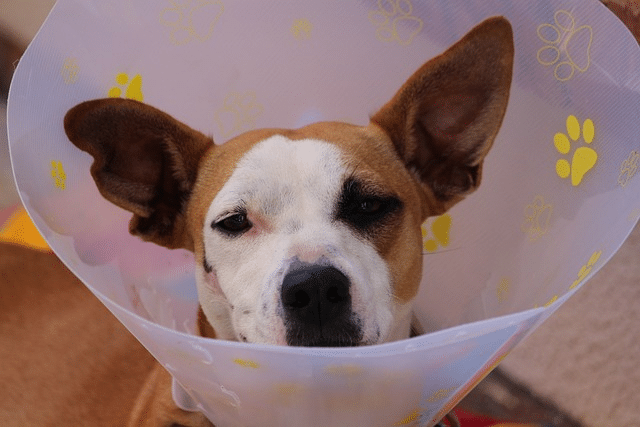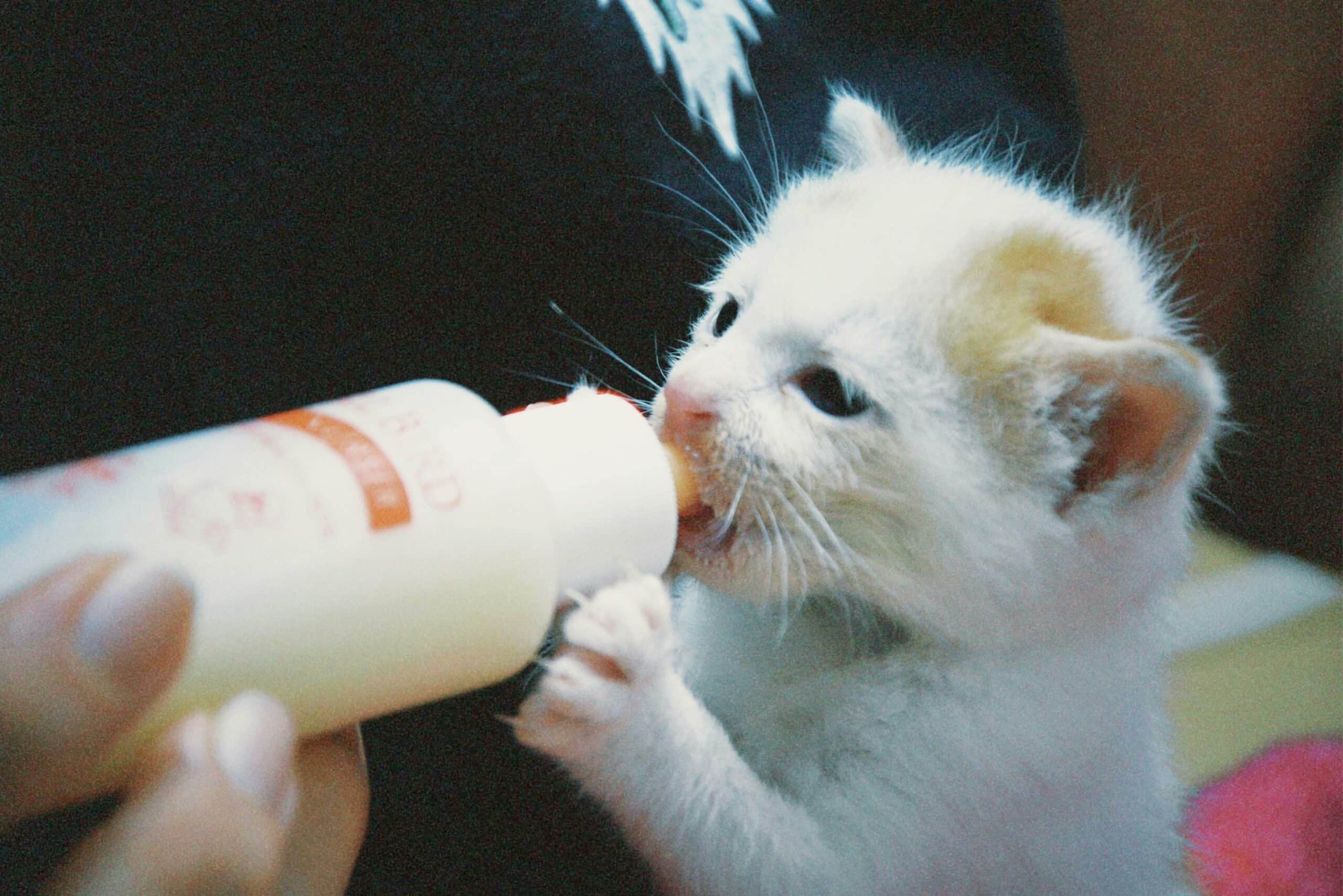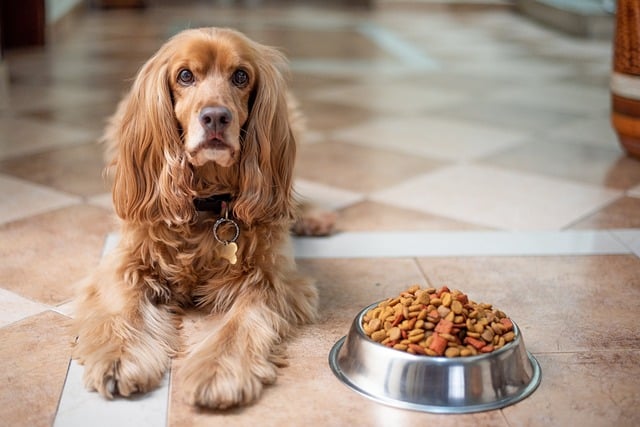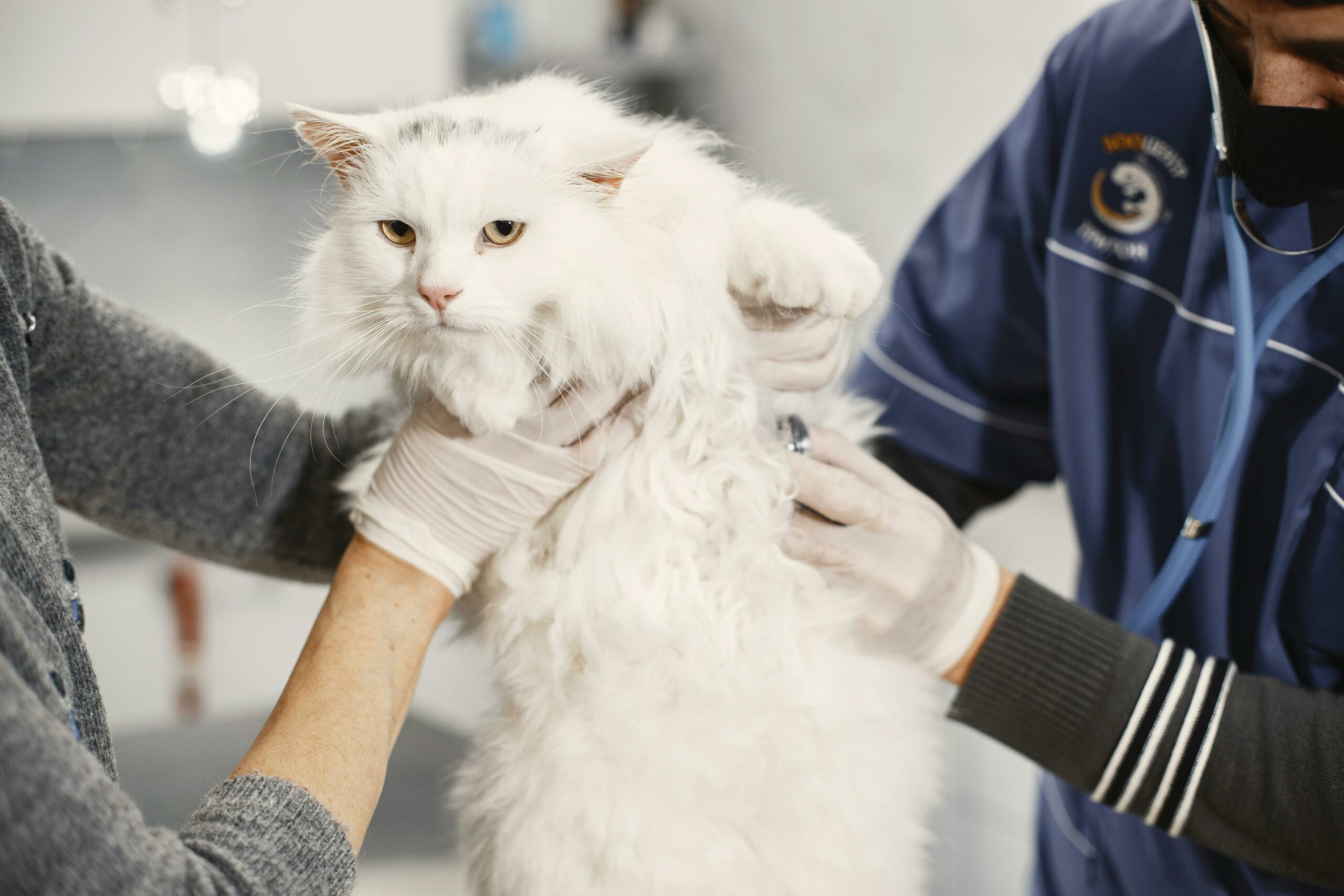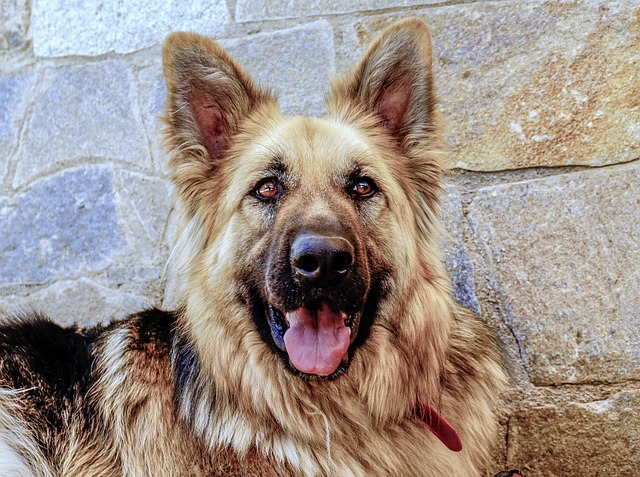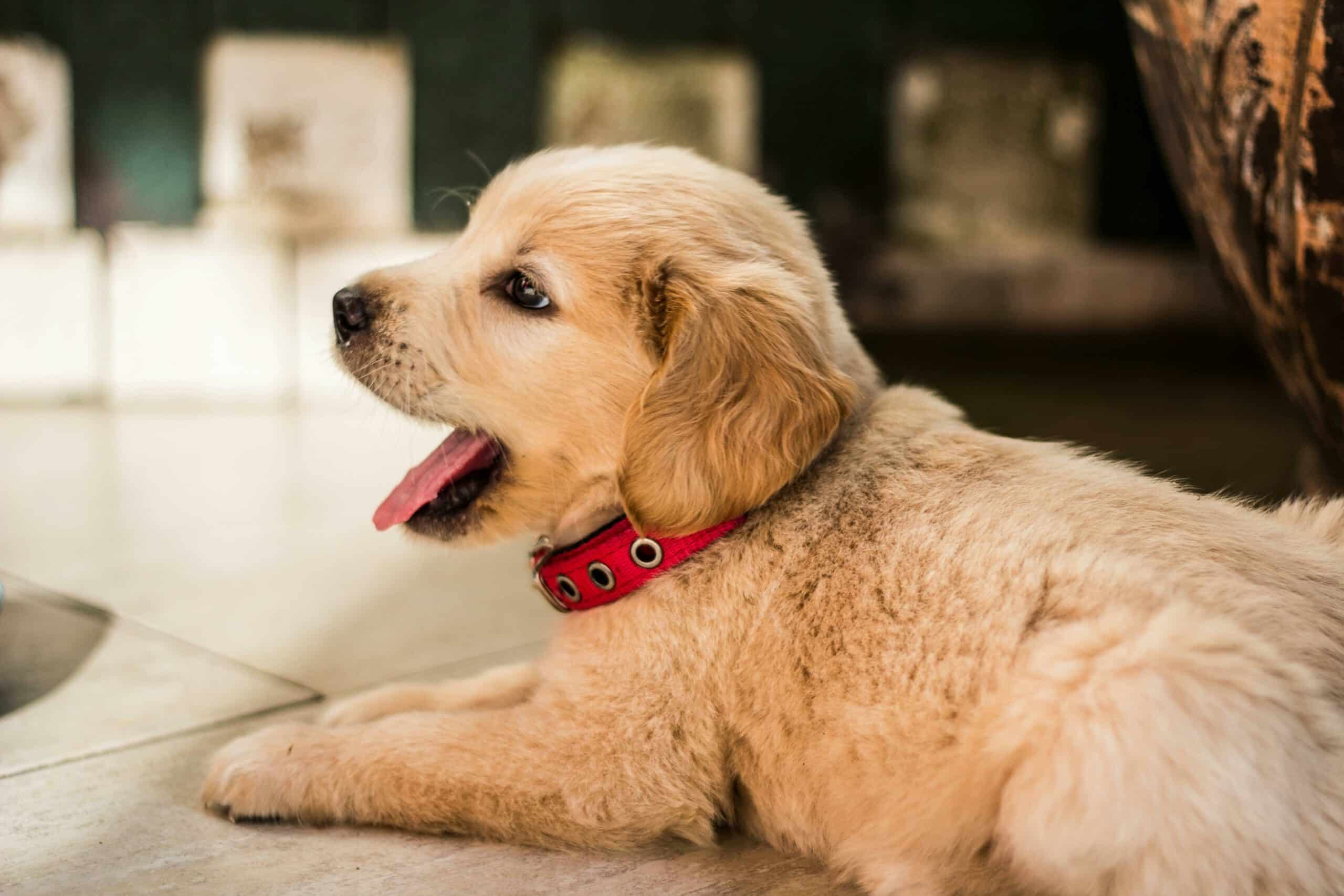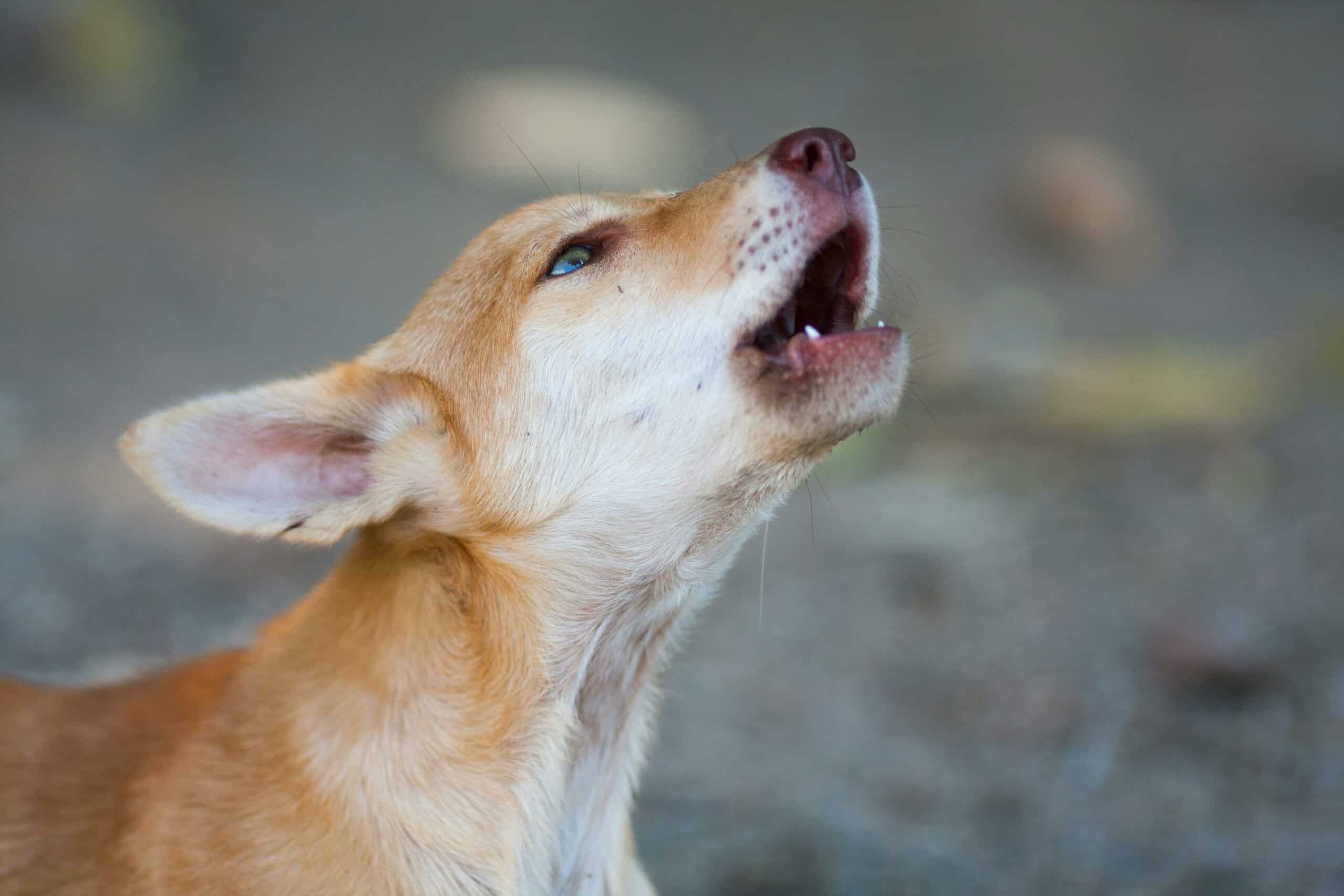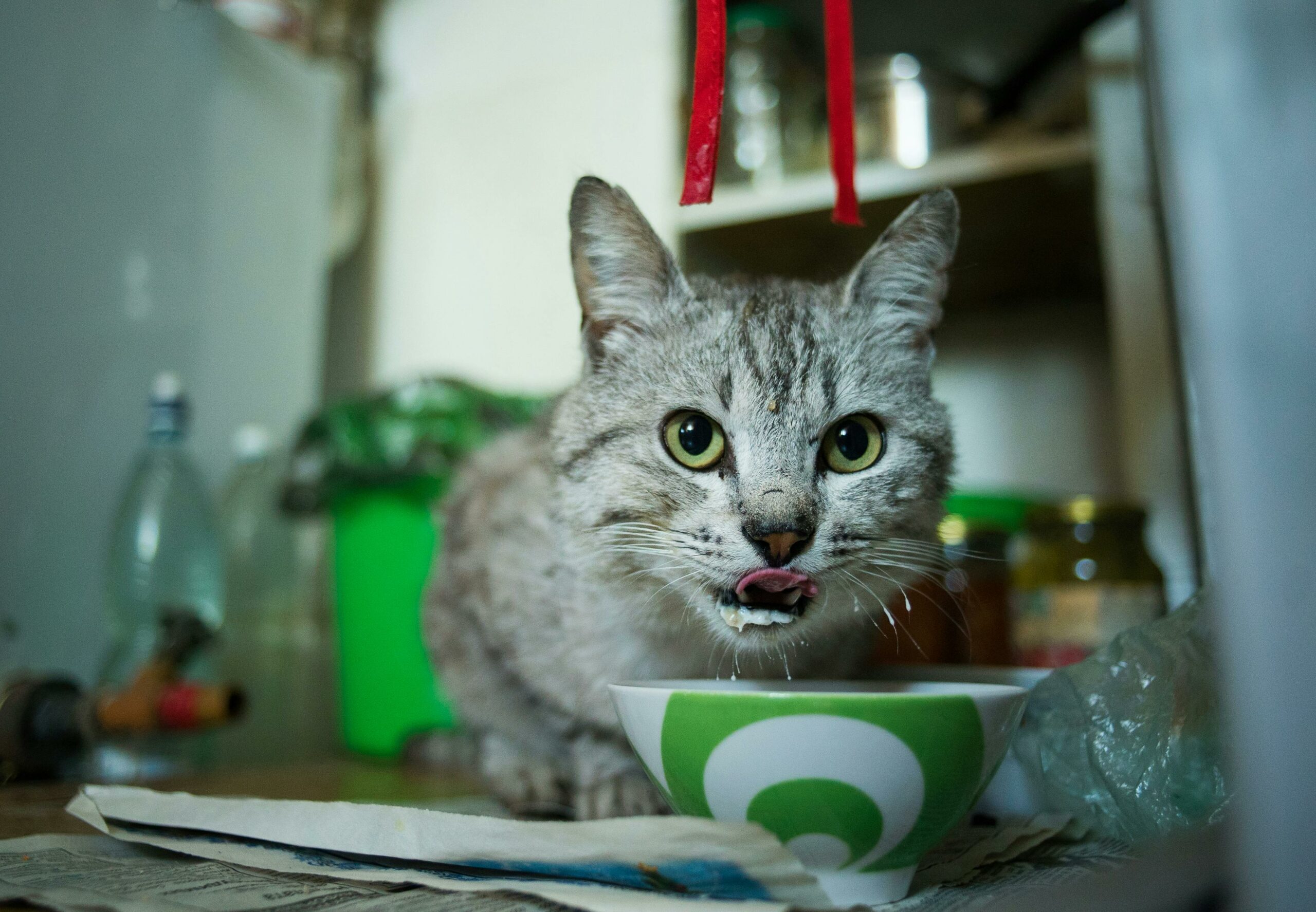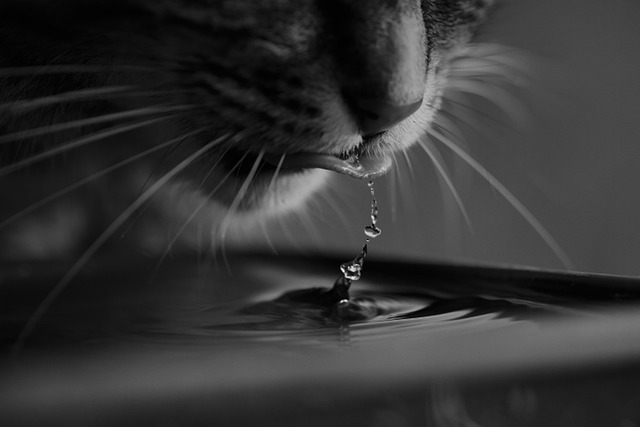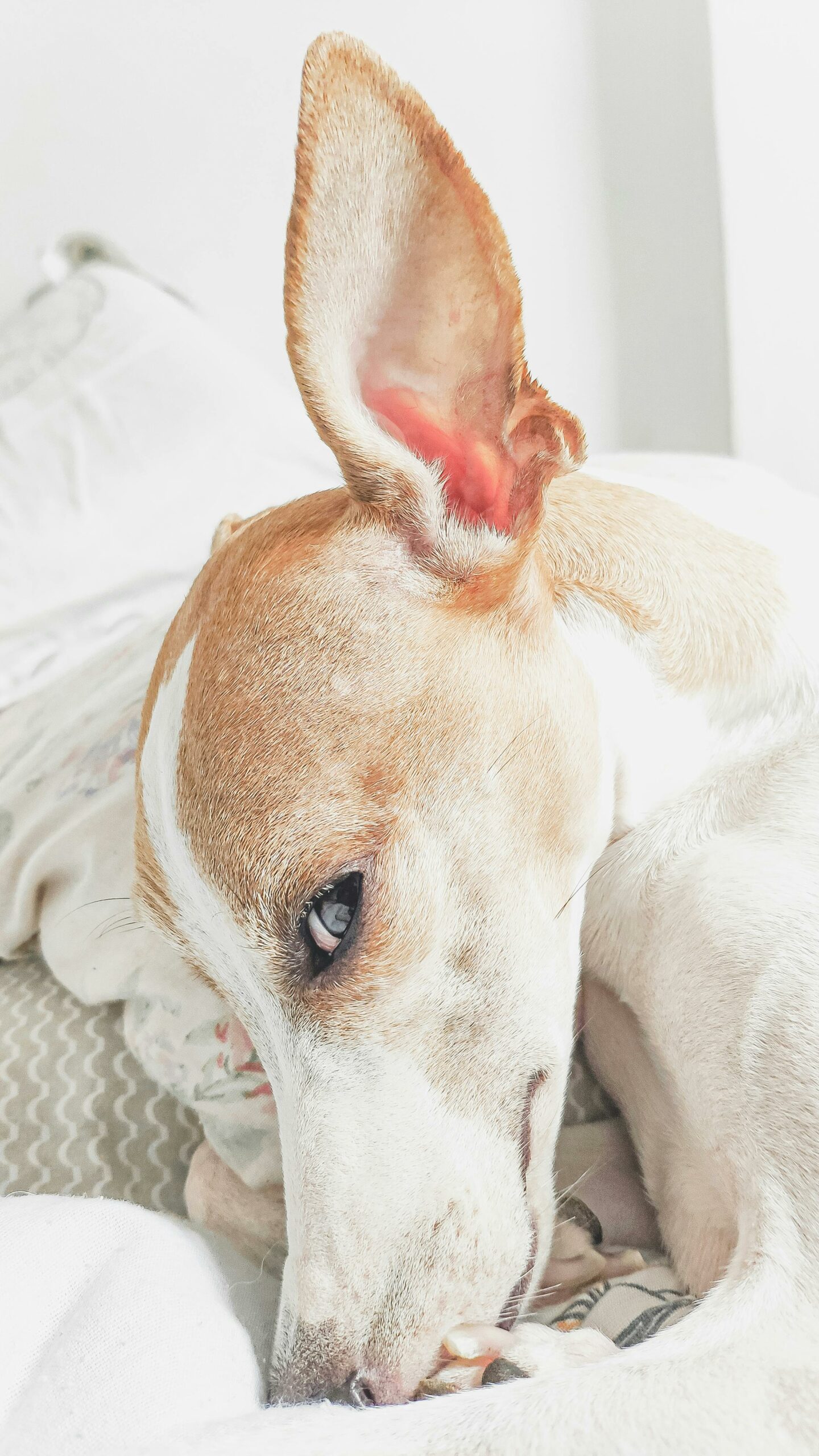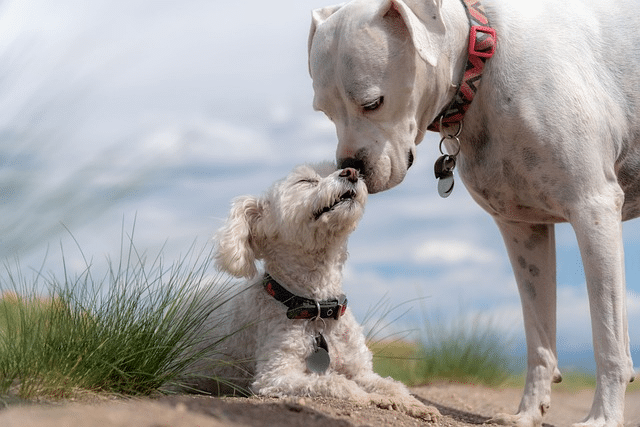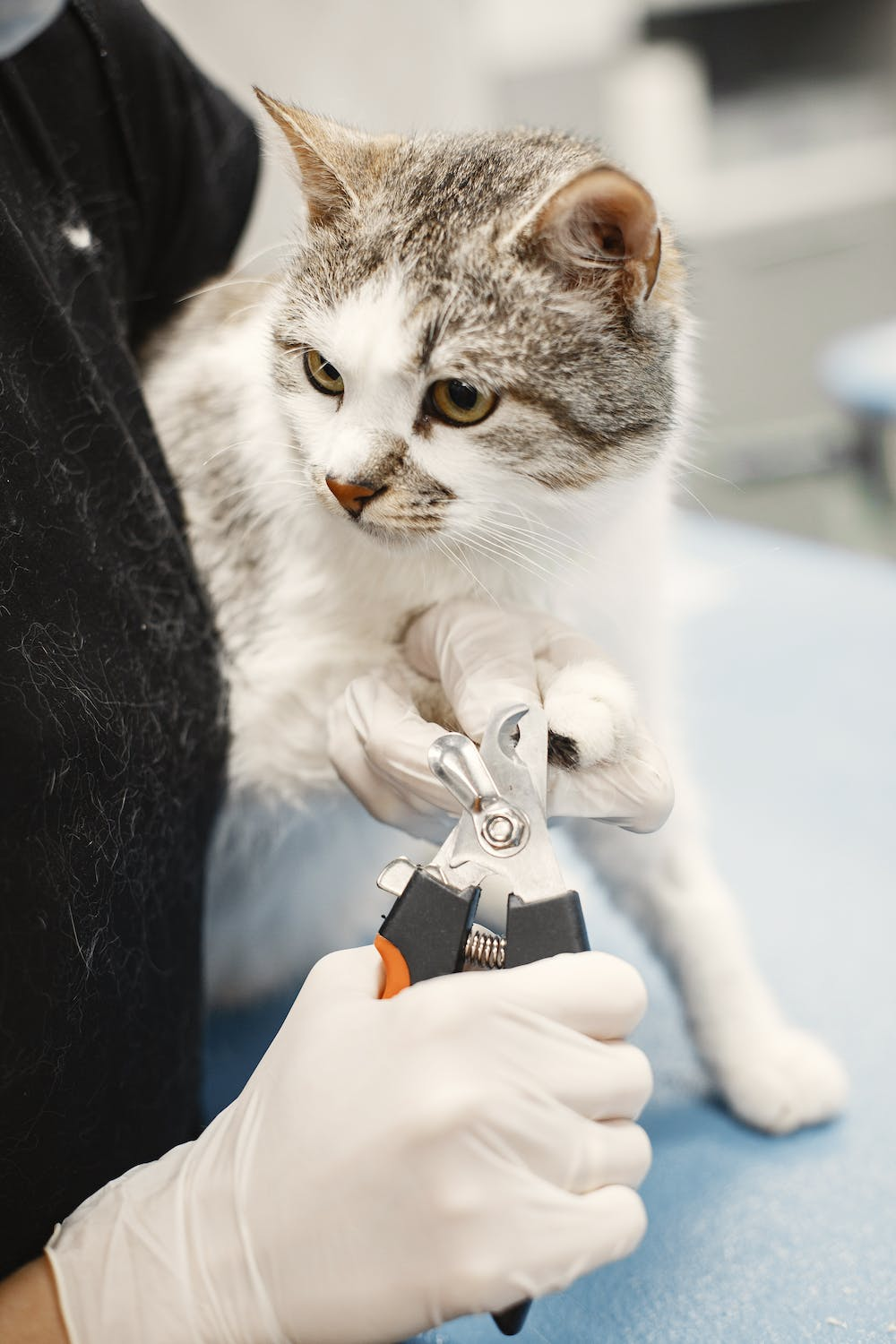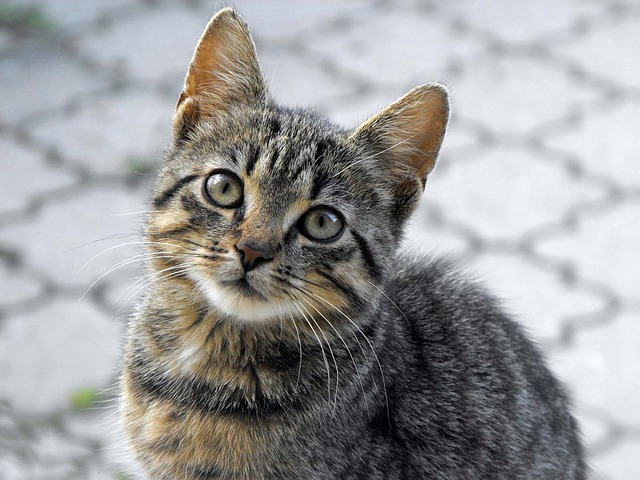As a cat owner, you’re responsible for keeping your feline friend healthy. One of the most important aspects of cat health is their weight. A cat that is not at the right weight can face health issues like diabetes and joint problems. It’s critical to know how much your cat should weigh so you can ensure they lead a long and happy life. So, if your wondering ‘how heavy should my cat be?’, then we’re going to explore the guidelines for healthy cat weight and give you tips on how to ensure your cat stays at a healthy weight and how to help your cat lose weight.
The ideal healthy weight for a cat can vary depending on their breed, sex, age, and overall health. However, a general rule of thumb is that a healthy adult cat should weigh between 8 and 10 pounds. A cat that weighs less than 8 pounds is considered an underweight cat, while a cat that weighs over 10 pounds is typically overweight.
To determine a healthy cat weight, consult with your veterinarian. They’ll be able to assess your cat’s overall health and recommend their healthy weight range. Your vet may also recommend a specific diet or exercise plan to help your cat maintain a healthy weight.
It’s important to monitor a healthy weight regularly to ensure they’re staying within their ideal weight range. Weigh your cat at home using a veterinary scale or one designed for cats. Weigh them at the same time each day, preferably on an empty stomach. This will give you an accurate reading of their weight.
One thing to keep in mind is that as cats age, their metabolism slows down, and they may be more prone to gaining weight or losing weight. It’s important to adjust their diet and exercise regimen as needed to keep them at a healthy weight as they age.
When it comes to feeding your cat, choose a high-quality diet that’s appropriate for their age and lifestyle. Avoid feeding them high-calorie treats or table scraps, as this can contribute to weight gain. You can also encourage exercise by providing your cat with toys and games that promote physical activity.
Understanding the Different Kinds of Cat Food
As pet owners, we all want to give our furry friends the best possible care and nutrition. When it comes to cats, choosing the right food is essential for their health and well-being and keeping a healthy weight. With so many different kinds of cat food available in the market, it can be overwhelming to choose the right one for your feline friend. Next, we will explore different types of cat food and help you make an informed decision about what to feed your cat especially if you need your cat to lose weight or gain weight.
Dry Cat Food
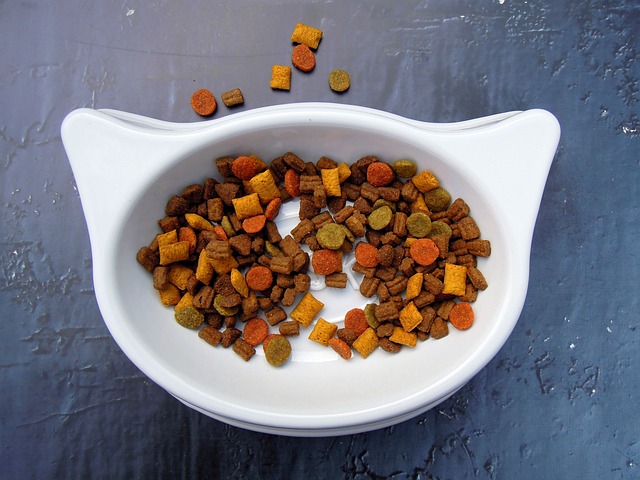
Also known as kibble, dry cat food is the most common type of cat food available in the market. It is easy to store, and cats love the crunchy texture. Dry cat food is affordable and has a long shelf life. However, it has a low moisture content, so your cat may not get enough hydration from it. If you choose to feed your cat dry cat food, make sure they have plenty of water to drink.
Wet Cat Food
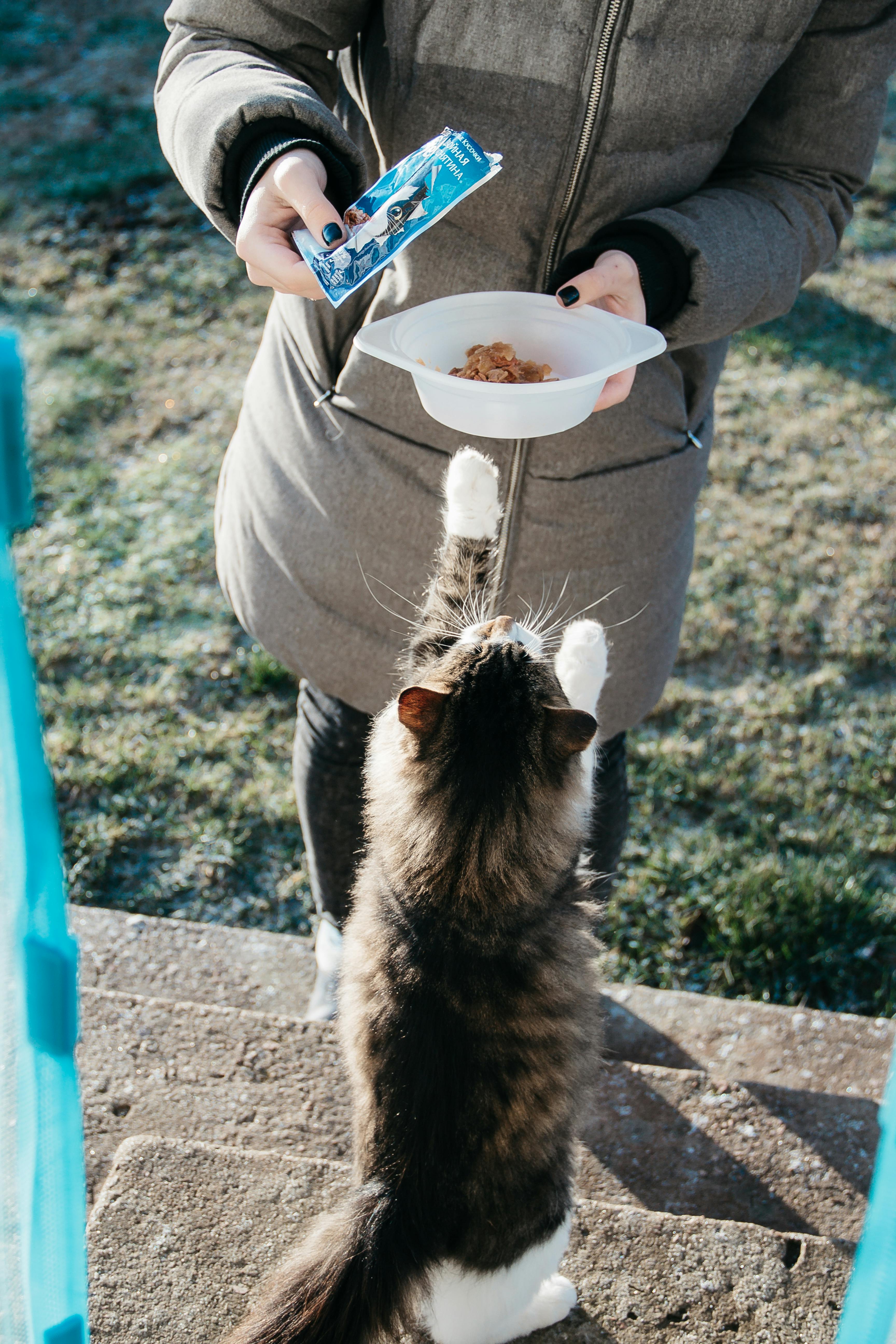
Wet cat food is also known as canned food. It has a higher moisture content, making it an excellent option for cats who need extra hydration or are prone to urinary tract problems. Wet cat food comes in a wide range of flavors and textures, making it easy to find one that your cat loves. However, wet food can be more expensive than dry cat food, and it has a shorter shelf life after opening and can affect your cat’s weight.
Semi-Moist Cat Food
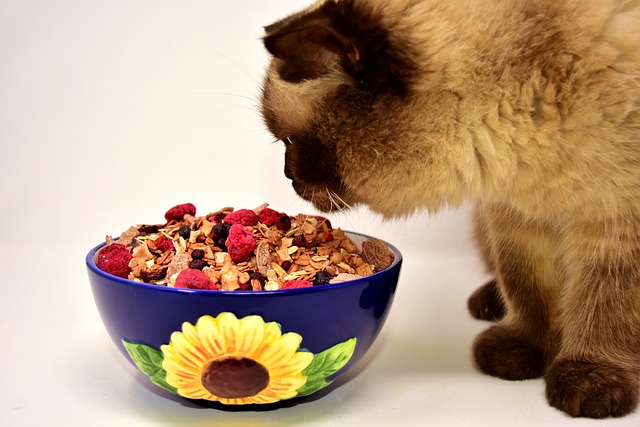
Semi-moist cat food is a combination of dry and wet food. It has a soft and chewy texture, making it easy for cats to eat and digest. Semi-moist cat food is also high in sugar and preservatives, making it less healthy than other cat food options.
Homemade Cat Food
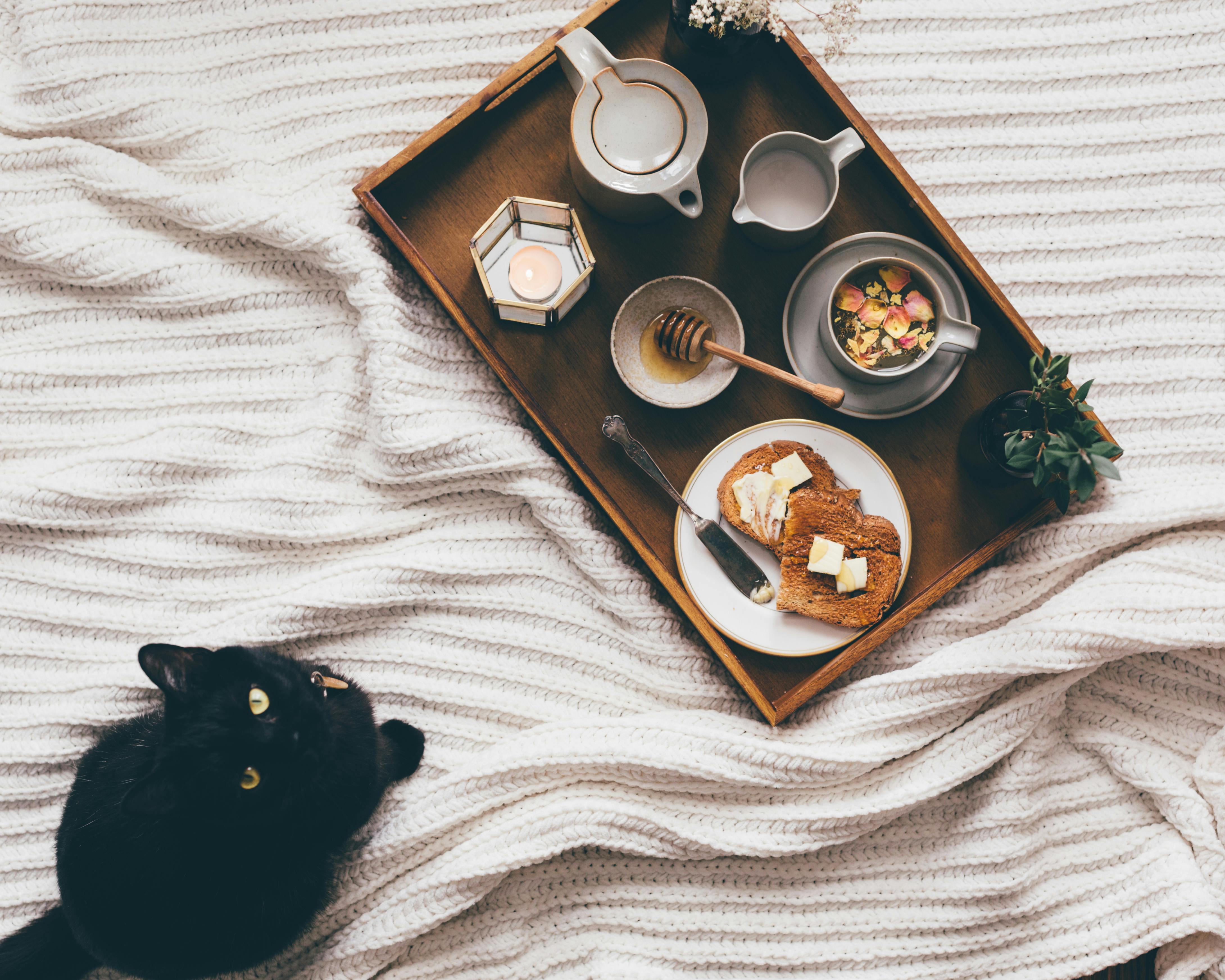
Some pet owners prefer to make their cat’s food at home to ensure they are getting high-quality ingredients. Homemade cat food can be a healthy option, but it is essential to ensure that the ingredients are well-balanced and meet your cat’s nutritional needs. It is also essential to consult with your veterinarian before switching your cat to a homemade diet.
Prescription Cat Food
If your cat has specific health concerns such as urinary tract problems or gastro-intestinal issues, your veterinarian may recommend prescription cat food. These specialized foods are designed to address specific health issues and may be more expensive than other types of cat food. However, they can help manage your cat’s health condition such as keeping a healthy weight.
Choosing the right kind of cat food can be overwhelming, but it is crucial for your cat’s health and well-being. Consider your cat’s age, health, and personal preferences when selecting cat food. Remember to consult with your veterinarian before changing your cat’s diet, especially if they have specific health concerns. Feeding your cat a nutritionally balanced and complete diet will help keep them healthy and happy for years to come.
How Heavy Should My Cat Be?: How to Spot Signs of a Overweight Cat
As a cat owner, keeping your feline friend healthy and happy is a top priority. However, many of us may not realize the risks associated with overweight cats. Just like humans, obesity in cats can lead to health problems such as diabetes, joint issues, kidney disease and even heart disease. Therefore, it’s necessary to watch out for signs of an overweight cat and take action before it’s too late. Keep reading and we’ll explore some common indicators that your cat may be overweight and what you can do to help them shed those extra pounds.
Visible Physical Indicators
The most noticeable sign of obese cats is their physical appearance. If your cat’s belly protrudes from their body when viewed from above or their waist is not visible, chances are that they’re carrying extra weight. Additionally, you may notice that your cat’s backside is rounded or their legs appear shorter due to fat deposits. Remember that a healthy and fit cat should have a well-proportioned body shape.
Behavioral Changes
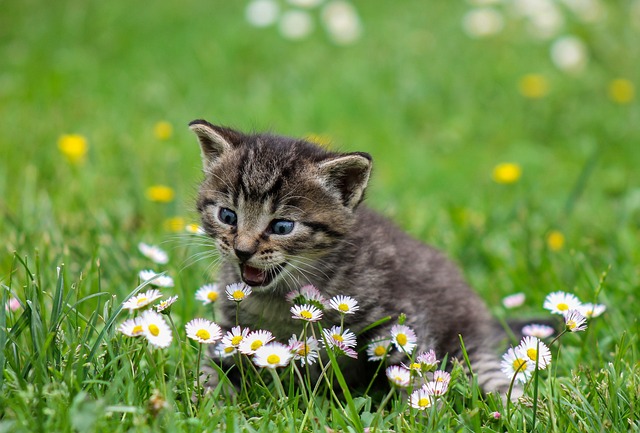
You may notice some behavioral changes in your cat, which could be an indicator of an obese cat. If your cat is becoming less active and playful, prefers to sleep more than usual, or has trouble jumping onto surfaces they used to easily climb, then it is likely that they have gained some extra weight. An overweight cat may also have difficulty grooming themselves and may need your help in keeping their fur clean.
Tummy Troubles
Cats, like people, can experience digestive issues when they are overweight, such as constipation and irregular bowel movements. An overweight cat can also develop hairballs more frequently, which can cause distress for your pet and potential health issues if left untreated. If you notice any of these tummy troubles, it’s time to take a closer look at your cat’s diet and exercise routine and try investing in food puzzles instead of free feeding.
Weight Gain Patterns
If you’re concerned about your cat’s weight, it’s essential to monitor their weight gain patterns. Sudden, rapid weight gain in a short period may indicate an underlying medical condition, which needs to be addressed by a veterinarian. On the other hand, gradual weight gain often results from a sedentary lifestyle and overfeeding, making it easier to remedy.
Lack of Energy
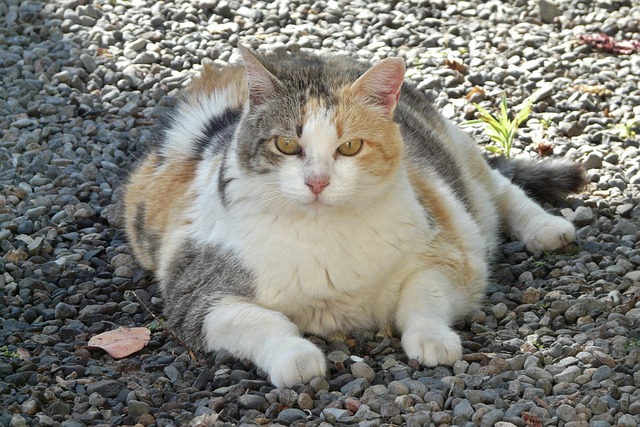
An overweight cat is at risk of developing a more sedentary lifestyle, which can lead to a lack of energy and a lower quality of life. If your cat seems less interested in playing or has difficulty keeping up with normal activities, it’s worth considering the possibility that your cat needs to lose weight.
Maintaining your domestic cats health is crucial, and a healthy average cat weight is a significant aspect of overall well-being. As a cat owner, you have the responsibility of ensuring that your pet maintains a healthy weight and lifestyle. By keeping an eye out for changes in their appearance, behavior, diet, and energy levels, you can catch the signs of an overweight cat early and take action to improve their quality of life. So, start keeping a close watch on a healthy cat weight, take the necessary steps, and watch them thrive with good health and happiness!
The Vital Benefits of Routine Cat Vet Visits
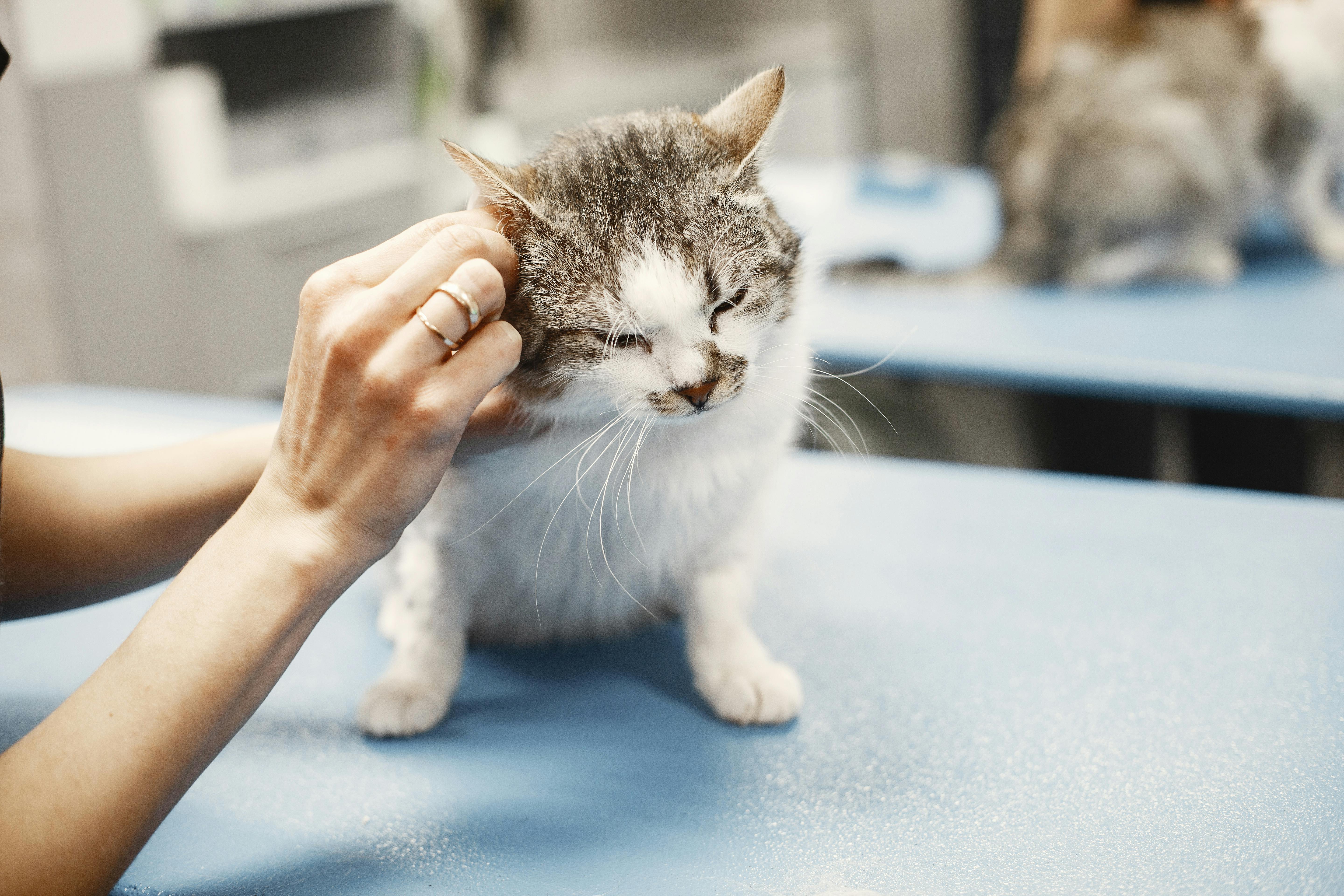
As a cat owner, you may wonder whether routine vet visits are really necessary for your furry friend. Perhaps you think you’re just wasting your time and money, considering that cats are independent and self-reliant creatures, right? But the truth is, routine cat vet visits are crucial for the overall health and well-being of your feline. Here are some benefits of scheduling regular vet visits for your kitty.
- Early Detection of Health Issues
- Preventive Healthcare
- Health Monitoring
- Improved Quality of Life
- Building Relationships With Your Veterinarian
In conclusion, routine cat vet visits are incredibly important for the health and well-being of your feline friend. The benefits of early detection of health issues, preventive health care, health monitoring, cat weight gain or cat weight loss, feline obesity, improved quality of life and developing a solid relationship with your veterinarian will pay off in the long run. By scheduling regular cat vet visits, you are giving your cat the best chance of living a healthy and happy life.
Maintaining a healthy cat weight for your cat is crucial for their overall health and well-being. Remember, a healthy cat is a happy cat! Don’t wait for your cat to show signs of health issues — start scheduling their next visit today at Sirius Veterinary Care, where we want the very best for your animal family and you!
